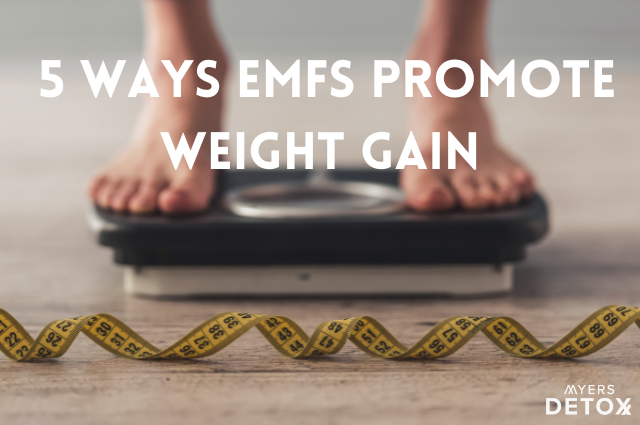To the vast majority of the population, running long distances is associated with health benefits. But, if we are looking to maximize health while improving capacity in the most effective and efficient way, long distance running may actually be the last thing we should to be doing.
When we exercise, generally we are trying to improve some component of fitness. Running is so closely associated with health that it is nearly synonymous with improvement in the cardiovascular system. Everyone seems to need to get their “cardio” in. With our busy lives, it seems like choosing an exercise that tackles as many different parameters of fitness would be the most efficient way to improve health.
“Functional training” is one of the most buzz worthy phrases surrounding health and fitness currently. What does it really mean to train functionally, however? Functional training should be considered any movements done for the purpose of increasing the ease of day to day activities or possible demands on the human body. Squats? Sounds like sitting down and standing up. Deadlifts? Seems pretty similar to picking something up off of the floor. Some functional training exercises are even named for things they represent in real life (e.g. “suitcase carry”).
A few core functional movements (squat, deadlift, overhead press, pull up) can be combined in different variations to produce nearly every single human motion. Simply put, if you know how to get your get yourself in a good position and exert yourself under heavy loads with functional movements, you will be a very resilient, injury free, and pain free human being.
When we break down running, very little functional movement is occurring. Running demands our joints to only move within a very small percentage of their functional range. This leaves the muscles unused and our joints immobile.
To be a functional human being is to be able to express full and complete range of motion with adequate strength to perform activities of daily living. This functional range of motion requires an elegant balance between mobility and stability. Think of mobility as how far you can open a door on the hinges and stability as how smoothly you can open or close that door on command. If all you’re doing is opening and closing your door around 10% of the way, 30,000 times a day, the hinges are going to get mighty creaky rather quickly.
Not only does functional training make things you do in your daily life easier, it also vastly decreases rates of injuries. Ever hear of anyone that reached over to pick up a piece of paper (or some other trivial movement) and BAM, their “back goes out?” What about someone who has chronic headaches, upper back and neck pain but has no idea why? This is not a normal sign of aging. Someone who only plays a particular sport (golf, tennis) yet always has the exact same injury?
Functional Movement Screening is a system which appraises whole body movement that has been well studied to predict injury rates among athletes. Simply put – the less functional of an athlete you are, the more injuries you get. (1)
A recent study found that as runners increase their mileage and age, their functional movement scores rapidly decrease. (2) This doesn’t just mean risk for injury, this means lowered ability to perform any demands on the human body. If a repetitive exercise makes you worse at basic human function, it is not making you fit and you certainly are not improving your health.
Another common misconception is that you won’t be training your cardiovascular system unless you are training “aerobically”, or, using oxygen as a byproduct to produce energy. Things such as strength training and short bursts of high intensity exercise are thought of as “anaerobic” or, simply, without using oxygen. What really happens is that when you’re training aerobically, you are bottlenecking your metabolism to using only one type of system to produce energy because the critical demands of oxygen.
When you train high intensity intervals (sprints, circuit training), you use BOTH pathways in your body. The anaerobic pathway doesn’t need oxygen to produce energy, but it is no free ride. The anaerobic pathway actually builds up a vast amount of metabolites (or leftovers). These leftovers need to be processed in the aerobic system and are funneled in as they oxygen is available. This is called excessive post exercise oxygen consumption, or EPOC. This means your aerobic conditioning is happening for up to 2-3 hours AFTER your anaerobic workout as you just sit there and breathe. And what does that mean? That a short 15-20 minute session can provide more benefits and work the cardiovascular system more than running for 3 hours would! Data convincingly shows that high intensity interval training is just as, if not more, effective than running at increasing cardiovascular fitness, VO2 max, and muscular contraction. (3)
Any time where we are performing a repetitive task, and that task only, the body is going to wear down. A recent study was found that Ironman triathletes as well as other endurance based athletes have the same markers present in their blood as those who also have just experienced a heart attack. (4) Generally, most people wouldn’t train months out of the year to experience the same blood markers of diabetes or stroke, so why is this desirable? For the love of the sport.
If you love running or the sport of high endurance training, then realize that there are consequences of participation in any sport. For instance, football and hockey players risk a much higher risk of concussions and head trauma. (5) Elite skiers have a high risk of ACL tears in their knee. (6) These sports have no lack of people participating in them because if you’re an athlete, you understand that there is some inherent risk involved with your specific sport.
If you don’t LOVE running, or the sport of endurance racing, then looking elsewhere for your fitness may be a good idea. If you DO love endurance sports and running marathons, then keep doing them. Just don’t run to get fit, get fit to run. If you want to be the most complete, functional human you can, vary your activity and train outside of the aerobic zone. Search for end ranges of motion. Load those ranges of motions and improve them. Find where your weak points are and work on them with resistance training, yoga, or other similar activities. Strength train. Rock climb. Swim. Sprint. Bike. Paddle board. Where you find variety, you’ll find function. And where you find function, you’ll find fitness.










